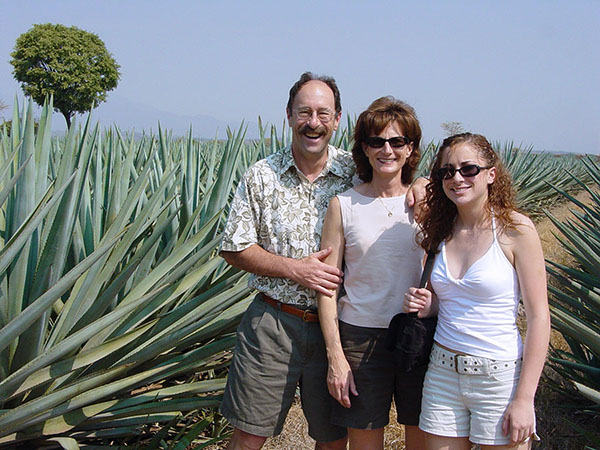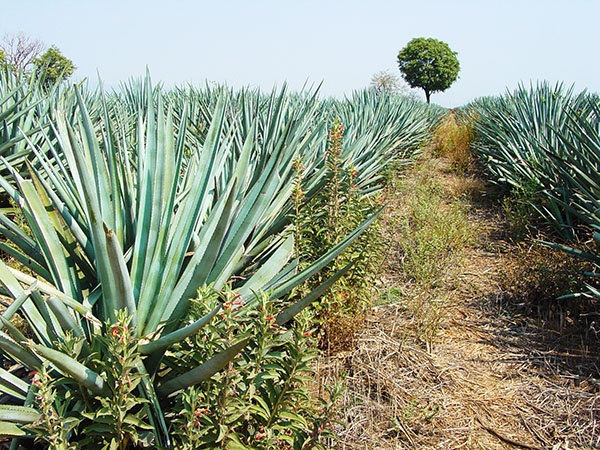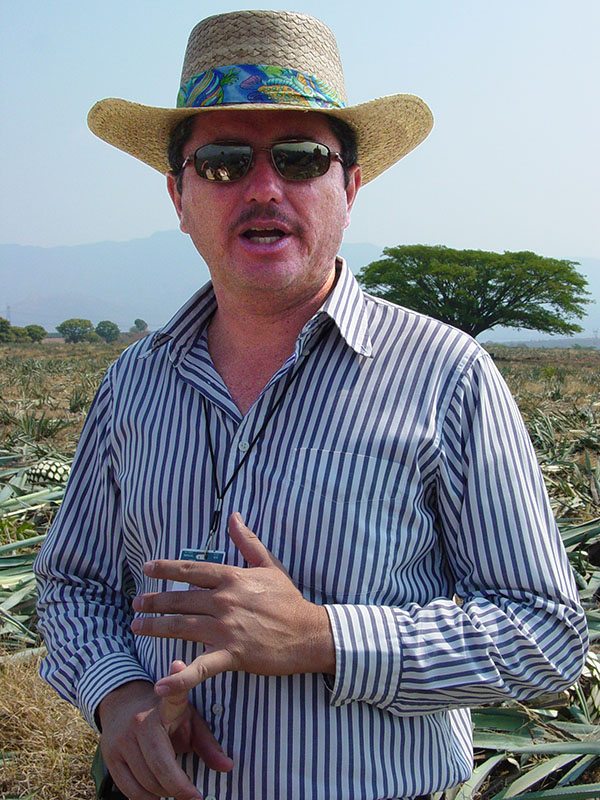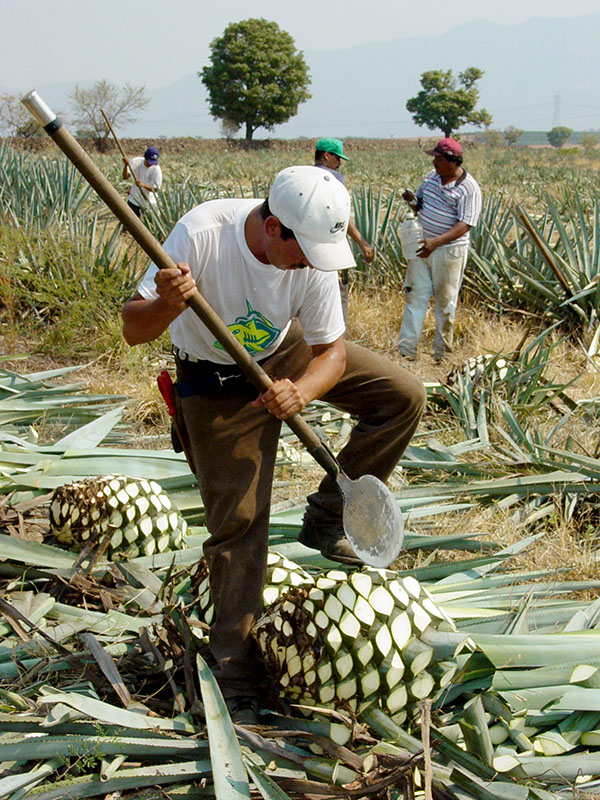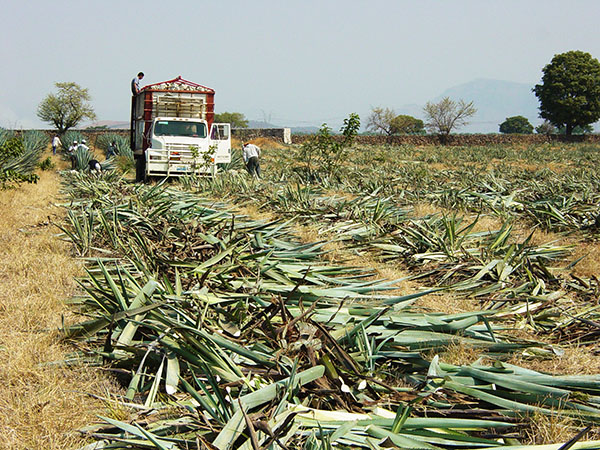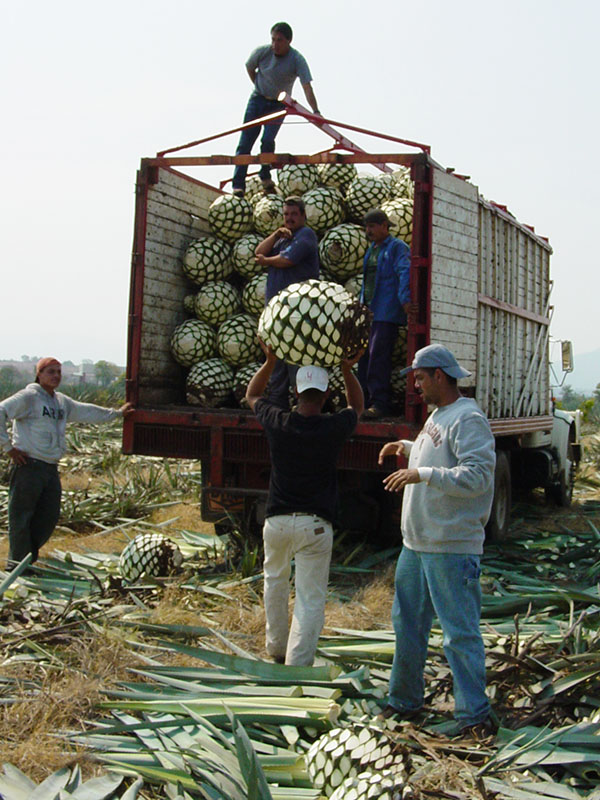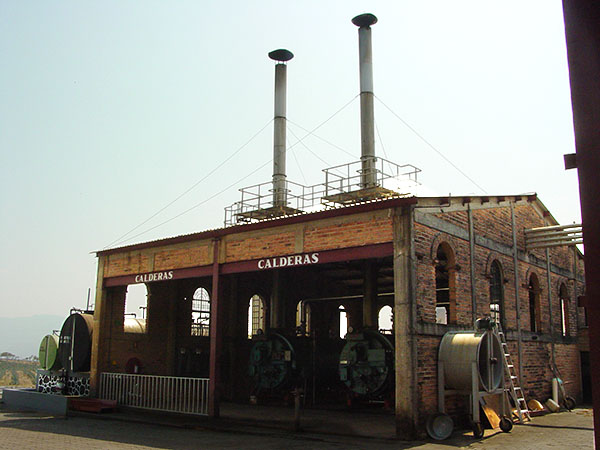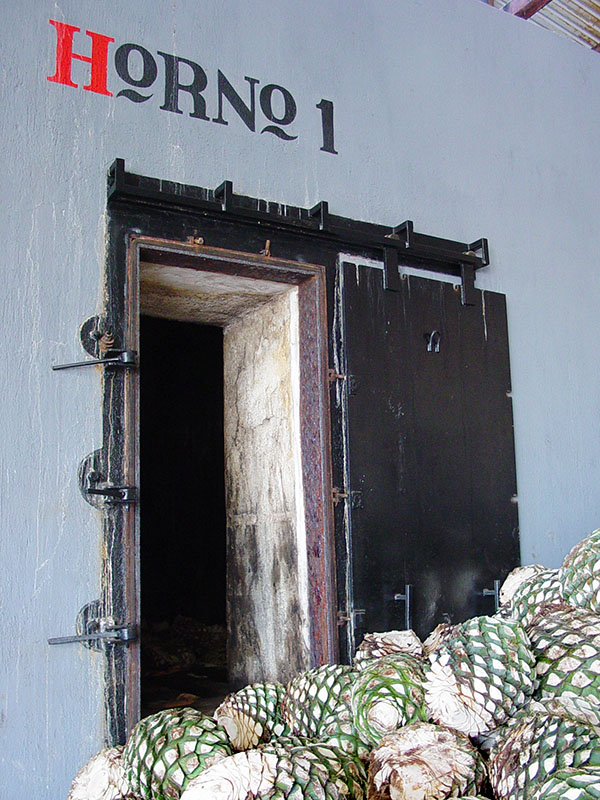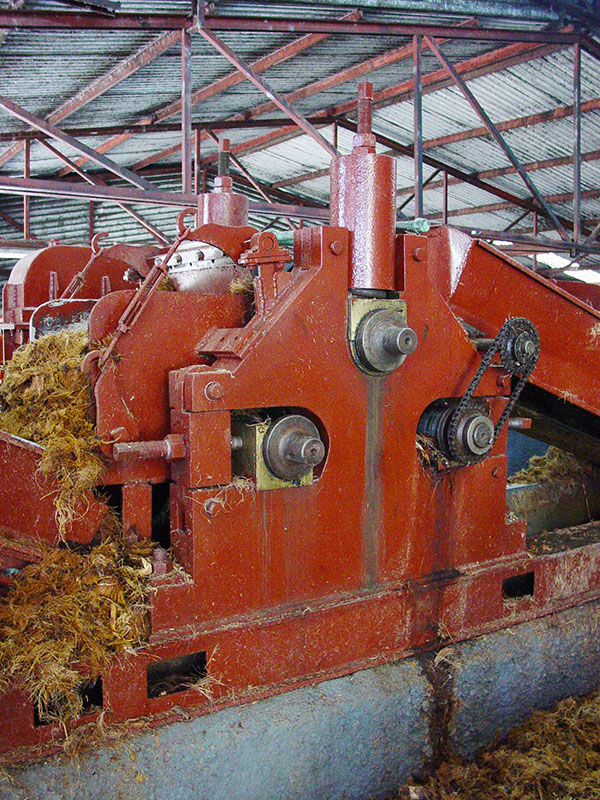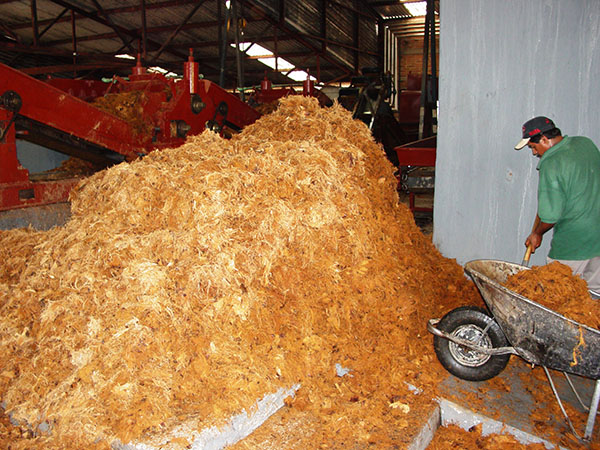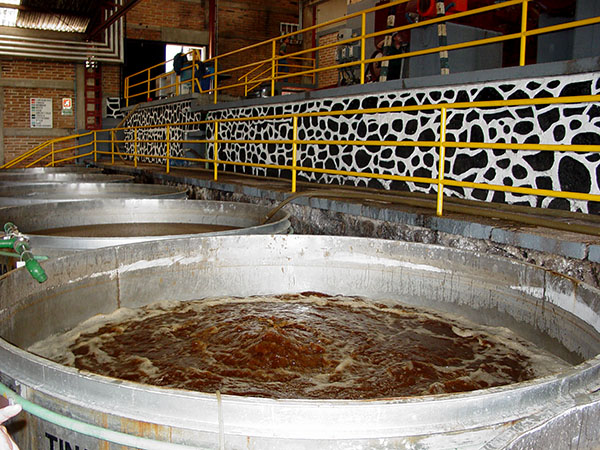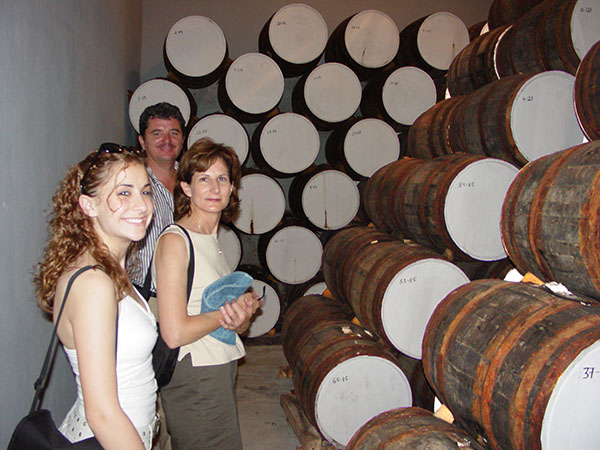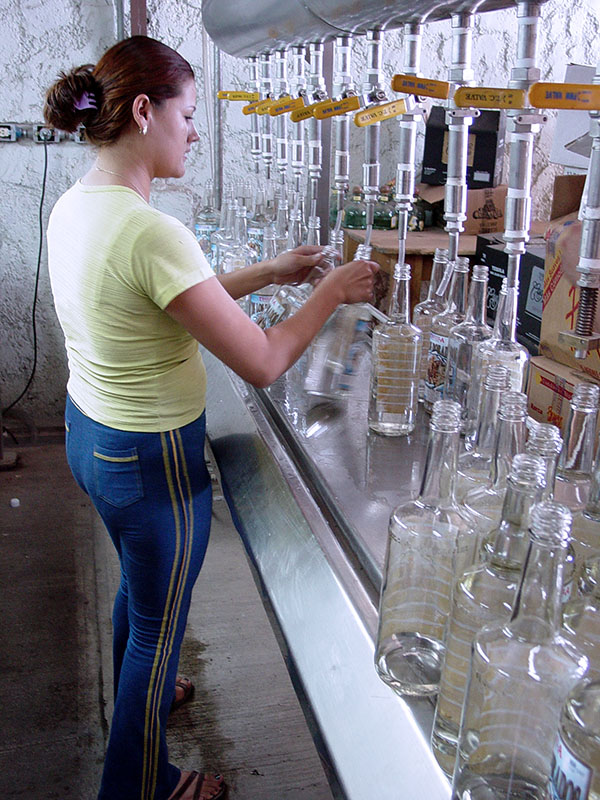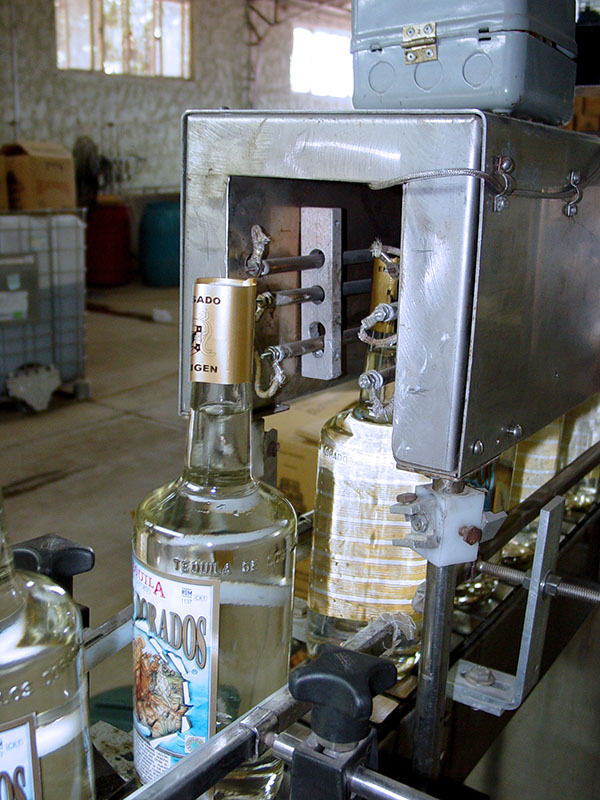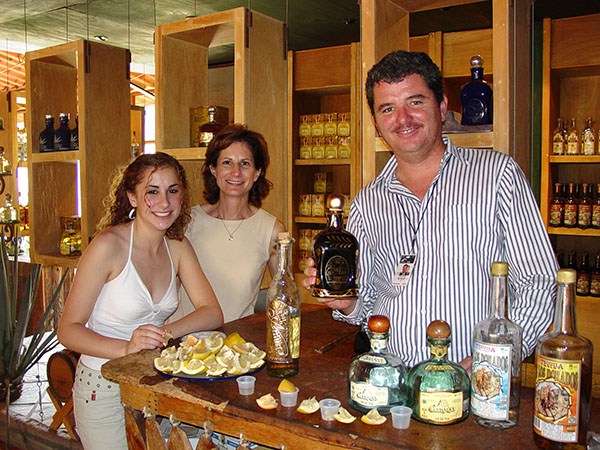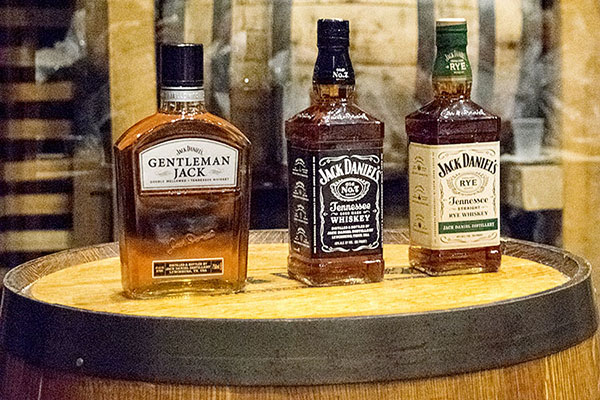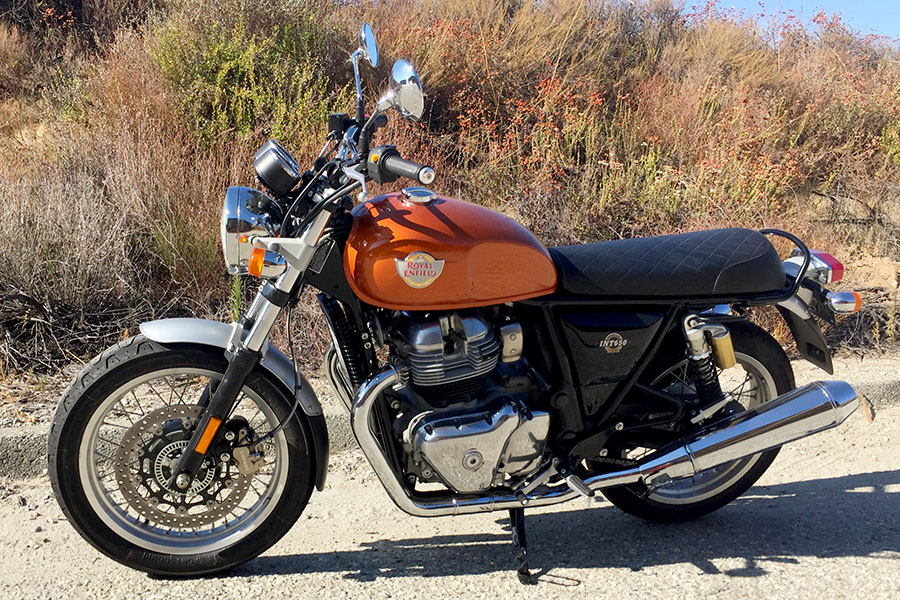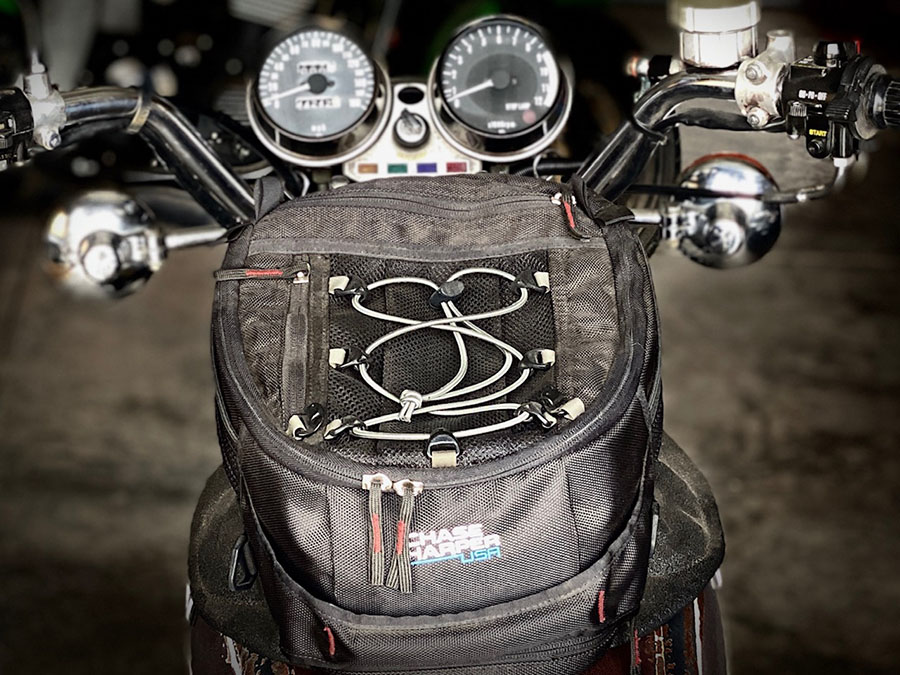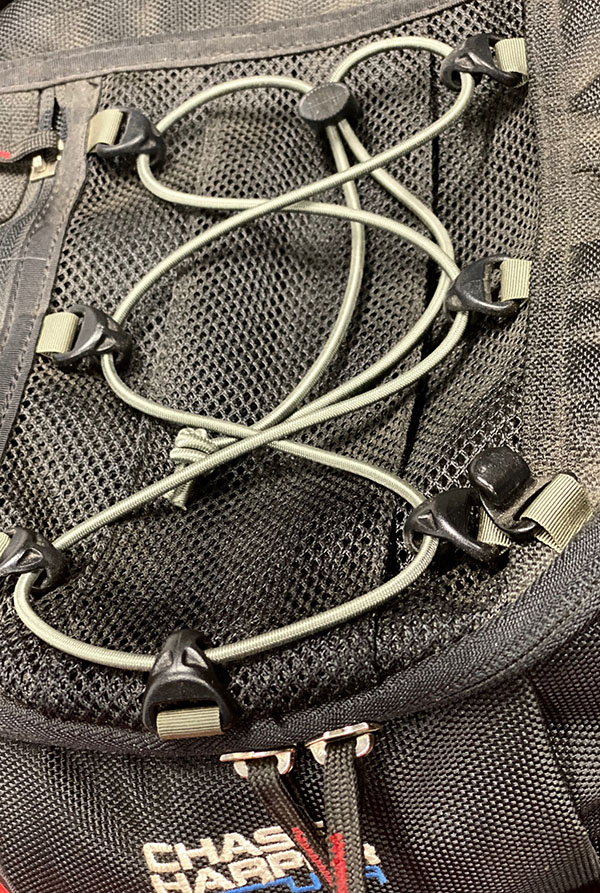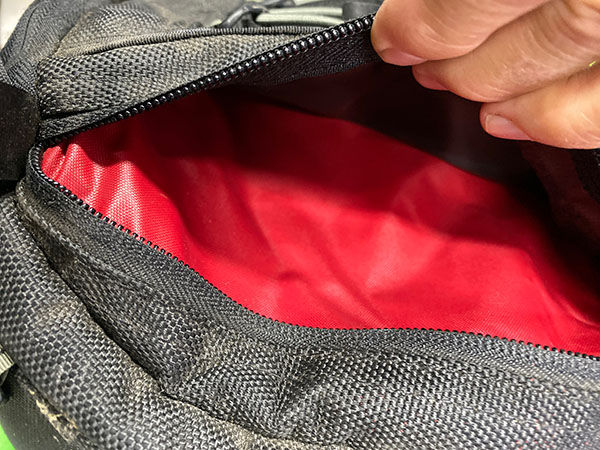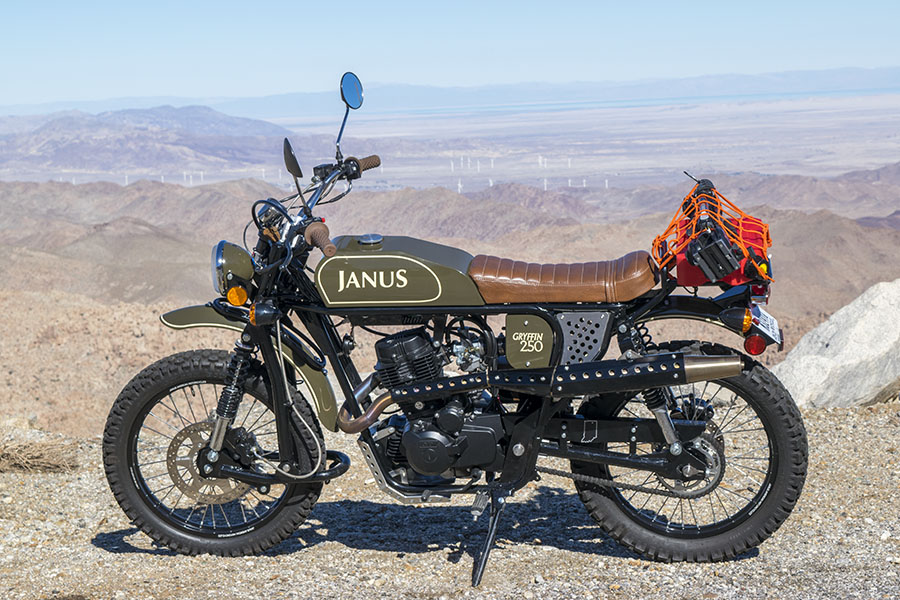My first-edition Citizen Blue Angels watch, the one you see above, is one of my favorites. There’s a lot going on in what the watch displays, including the time of day in three time zones (local, any other location in the world, and Greenwich Mean Time). The Citizen has a stop watch, a countdown timer, a calendar, and the ability to set up to three alarms. It also has a 24-hour clock. Those two LCD displays at the bottom of the watch face? I haven’t figured those out yet. I guess I could read the Owner’s Manual. Some day, maybe. And that complicated bezel? That’s a slide rule. I’ll explain it in a bit.
I travel overseas frequently (or at least I used to, before this Covid 19 business hit), and knowing what time it is wherever I am and what time it is at home is a feature I like. The watch has a digital display for every time zone and the analog hands display the local time. Or, you can reverse the displays. Press two buttons simultaneously, and the displays switch (what was displayed digitally displays on the analog hands, and vice versa). It’s a cool feature and it’s fun watching the hour hand sweep around to a new time zone.
One feature I use a lot is the stop watch. It’s handy when I’m cooking, which I like to do.

The slide rule is cool, too. It’s the complex blue bezel with all the numbers and graduations. Go back 50 years and every engineer on the planet had and used a slide rule (we had pocket protectors, too, but that’s a story for another blog). My engineering class was the last one that used slide rules. Calculators had just been invented, and in the early 1970s a basic Hewlett Packard or Texas Instruments calculator sold for something north of $600. That was a lot of money, and I remember thinking that calculators would never catch on. Who needs a $600 calculator when you have a slide rule?
A few years ago we road tested the early CSC 150 Mustangs, and we hired a couple of my Cal Poly engineering students (guys who weighed 130 pounds soaking wet) to ride the things. We wanted to check fuel economy, and flyweight riders would register the best possible miles per gallon. At our first fuel stop we noted miles and fuel. I used my Citizen’s slide rule bezel and calculated the fuel economy while our young engineers were still fumbling with their cell phone calculators. One of them asked how I knew so quickly, and when I told them I used a slide rule, I had their attention. These two young engineers had never seen a slide rule, much less one built into a watch bezel. I showed them how the slide rule worked, and they had a lesson right there at the gas pump from their old engineering professor.
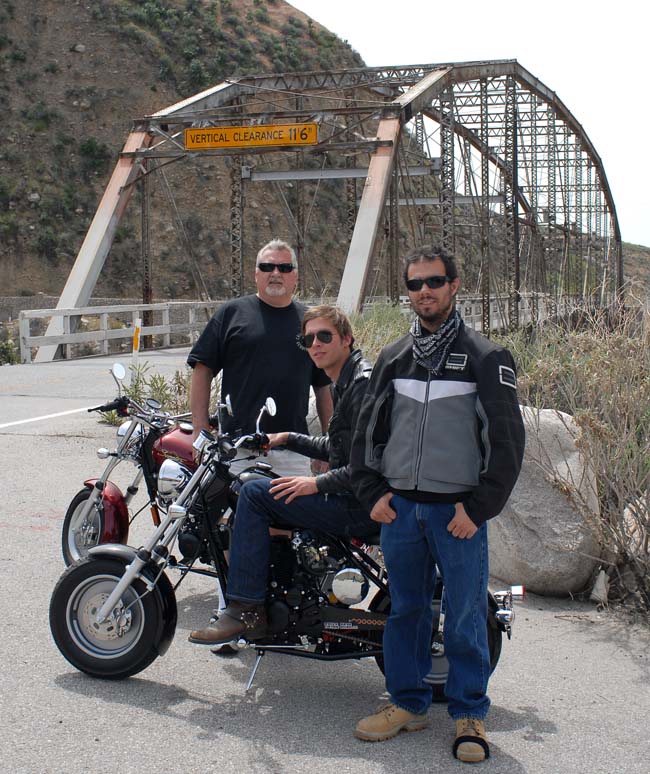
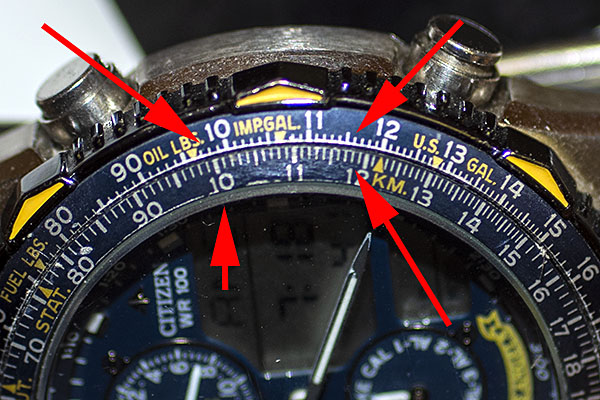
 slide rules can be amazingly accurate. The outer bezel is the numerator, and the inner bezel is the denominator. We went 116 miles and used 1.18 gallons of fuel, so the calculation for mpg is 116 miles/1.18 gallons, or 98.3 mpg (as represented by the two arrows on the right). You read the answer on the outer bezel over the 10 on the inner bezel (as represented by the two arrows on the left). It’s 98.3. Easy, isn’t it?
slide rules can be amazingly accurate. The outer bezel is the numerator, and the inner bezel is the denominator. We went 116 miles and used 1.18 gallons of fuel, so the calculation for mpg is 116 miles/1.18 gallons, or 98.3 mpg (as represented by the two arrows on the right). You read the answer on the outer bezel over the 10 on the inner bezel (as represented by the two arrows on the left). It’s 98.3. Easy, isn’t it?Citizen Blue Angels styling themes have been applied to several iterations and styles of their Blue Angels series since I bought my watch. There have been titanium versions, solar powered versions, leather strap versions, GMT versions, radio-synched-time versions, and more. I checked the Citizen official US website as I wrote this blog and they show nine different models in the Blue Angels watch collection. That’s not counting models that have been discontinued (like mine).
I don’t need or want one of the newer Blue Angels watches. Mine is the original version and I like it. Like most quartz-movement watches, it’s scary accurate. Yeah, it takes a battery, but a battery seems to last about three years and I can live with that (spending $3.25 every thousand days for a new battery is doable). I think I spent about $275 for my Blue Angels watch when I bought it 20 years ago. That was in the pre-Amazonic era (which came after the Triassic, Jurassic, and Cretaceous periods), when dinosaurs like me ruled the planet. New Blue Angels Citizen watches today range from the high $300s to just under a thousand bucks. They seem to last forever, so your money will be well spent.
The funny part, I guess, is that the real Blue Angels, the guys (and gals) who fly F-18s for the US Navy and the US Marines, don’t wear Citizen Blue Angel watches, and I don’t know if they ever did. In researching this topic, I found that the Blue Angels’ official watch is an IWC (they go for a cool $10,900), but I don’t care. I like my Citizen.
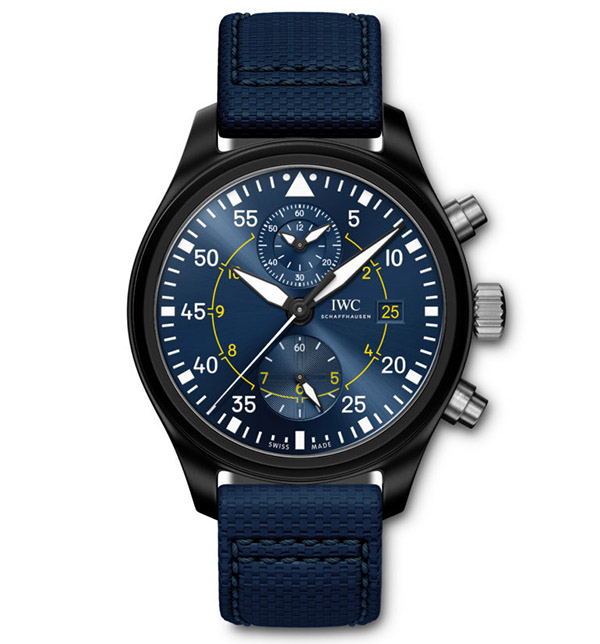
I’m not sure what the relationship is between the Blue Angels and the Citizen company these days. I tried to find out with several search phrases on Google, but I came up empty. My guess is that the Navy allows Citizen to use the name for a fee, but that’s just a guess on my part.
Citizen also offered a Thunderbirds version of my watch, something they no longer do (the Thunderbirds are the US Air Force flight demonstration team). The Thunderbirds watch is an even rarer animal. I don’t think the colors work as well as the Blue Angels watch (they look better on an F-16), but hey, different strokes for different folks.
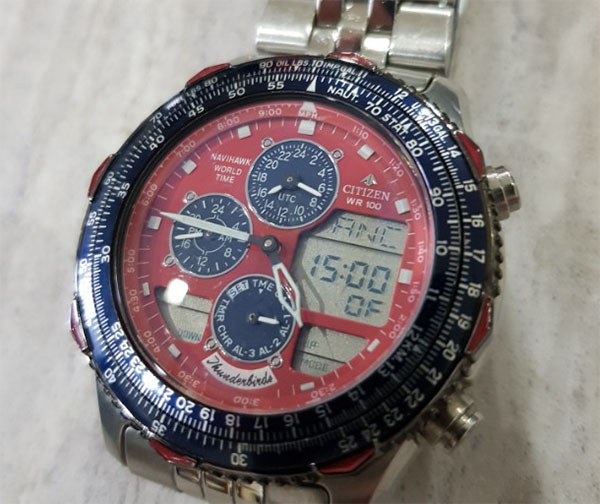
I used to have a bunch of cool Blue Angels photos I shot at the Reno Air Races (photos of the real Blue Angels flight team in action), but I guess I deleted them (I looked, but I could not find any). I had posted the photos way back when on the old MotoFoto site, and a law firm sent me a registered letter reminding me that my ticket to the Reno Air Races included a prohibition against displaying any photos from the event. It must have been a slow day for the lawyers. I imagine with Instagram and Facebook that would never fly today. If you ever had an opportunity to see a Blue Angels or Thunderbirds flight demonstration, you should go. I’ve seen both, and they are impressive.
More product reviews are here on the ExNotes Reviews page.
Click on the Citizen Blue Angels link to see more Citizen Blue Angels
.

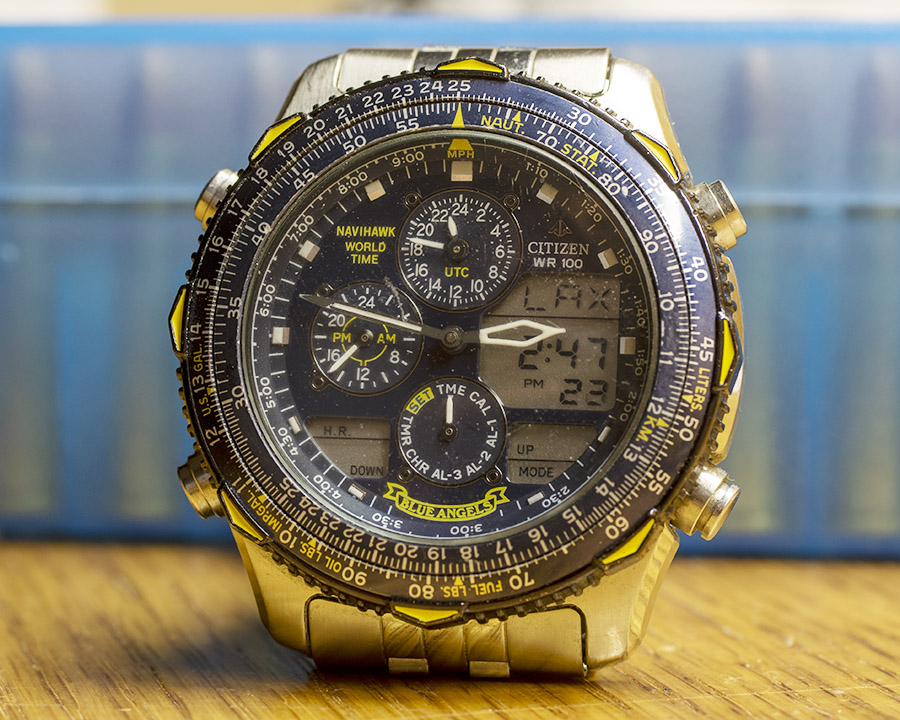
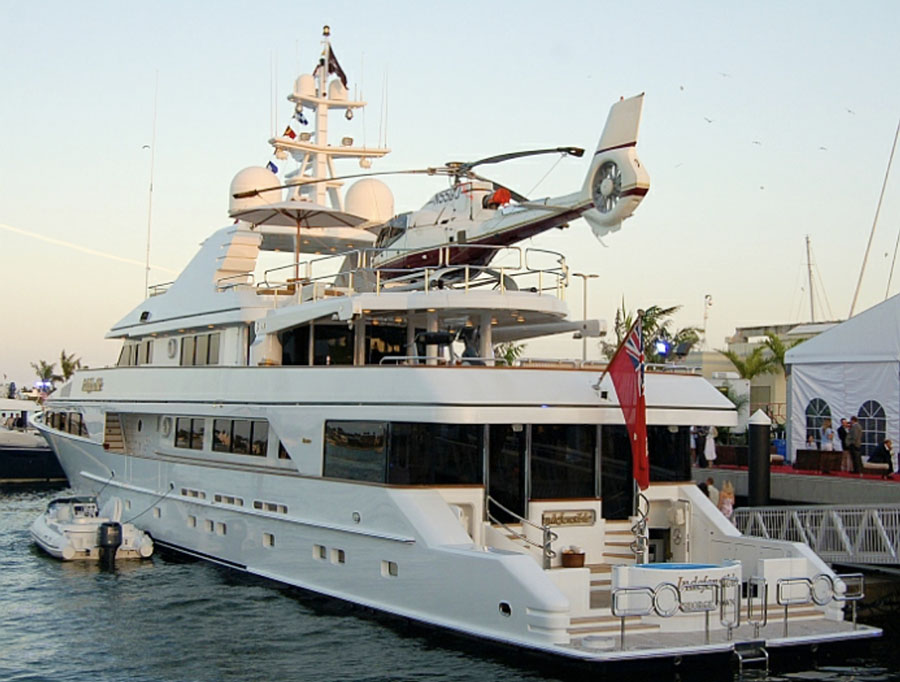
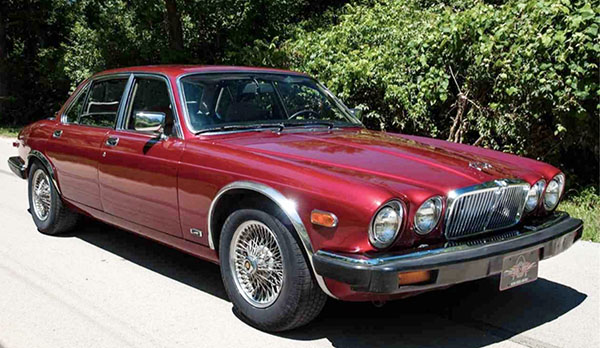
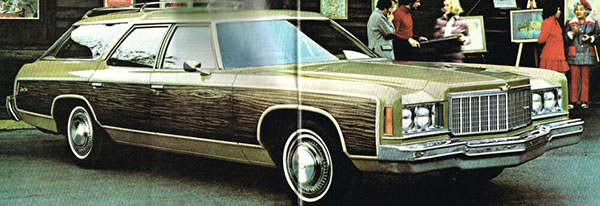
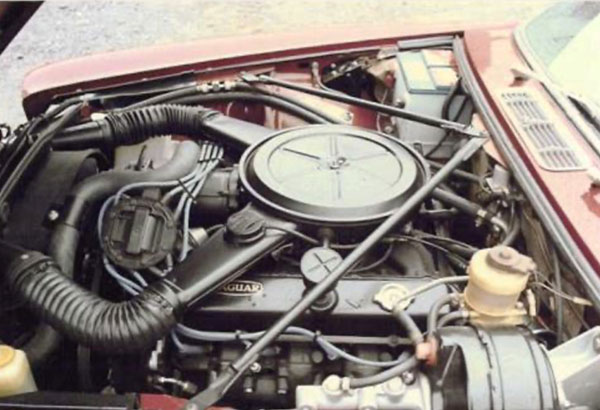
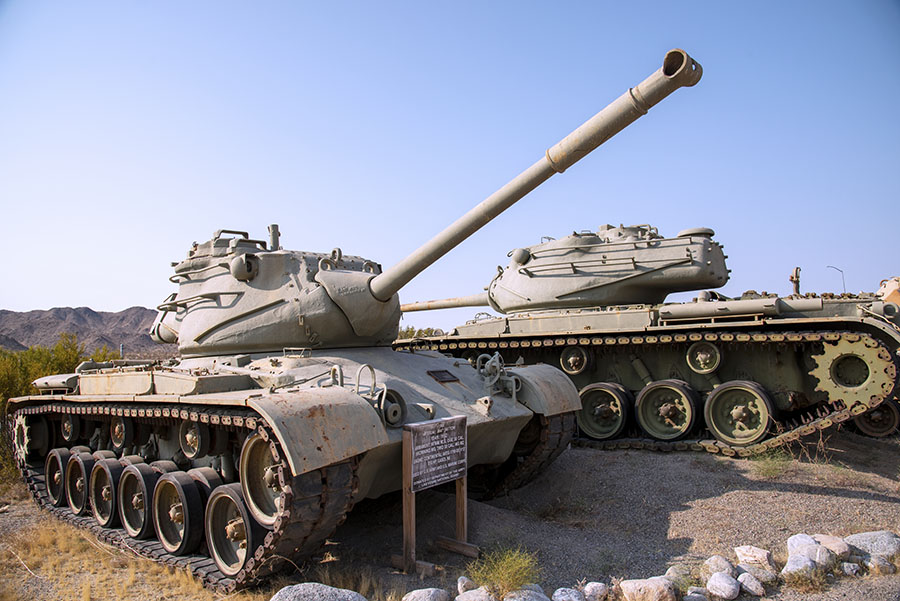
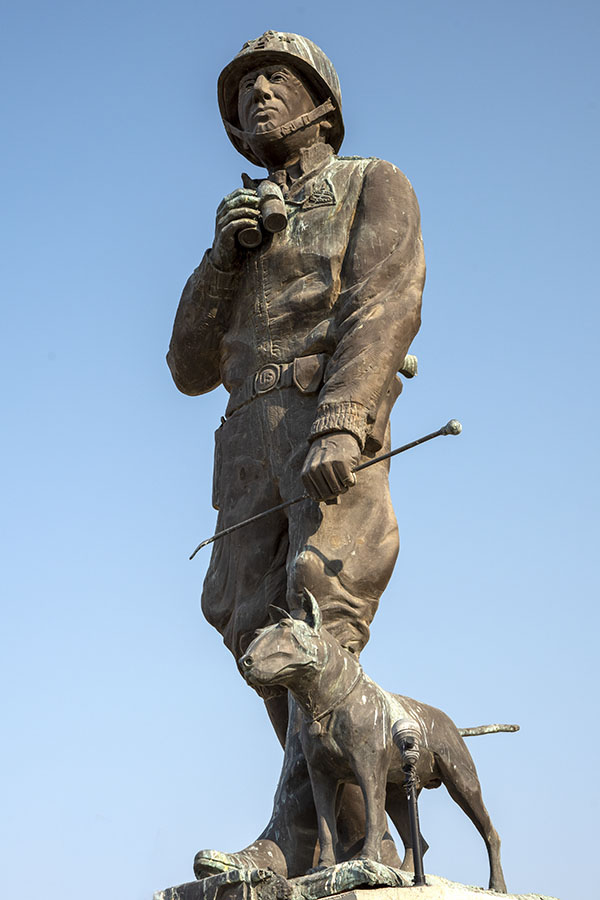
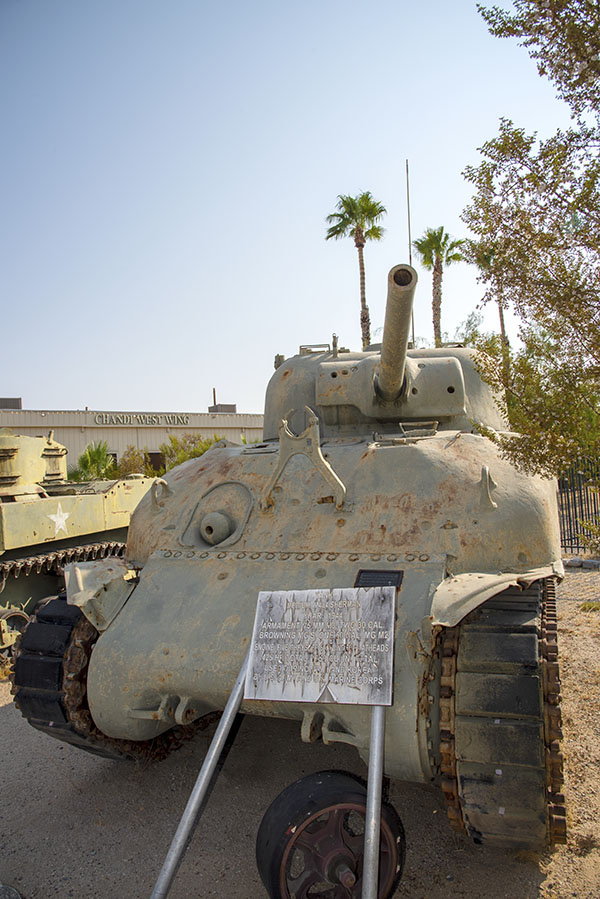
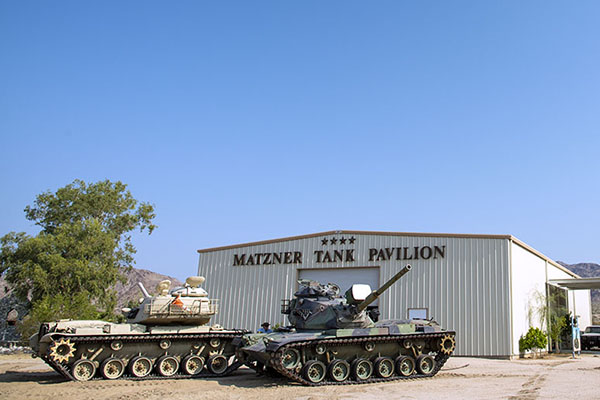
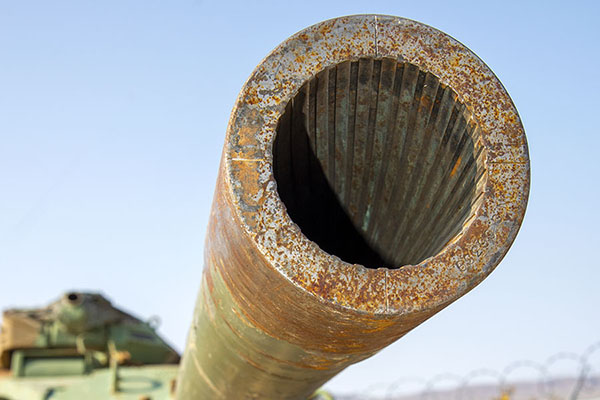
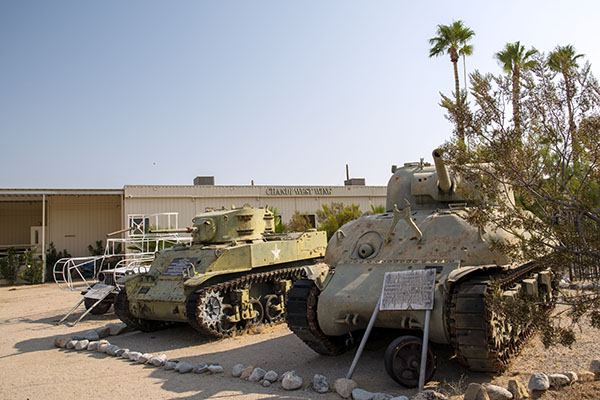
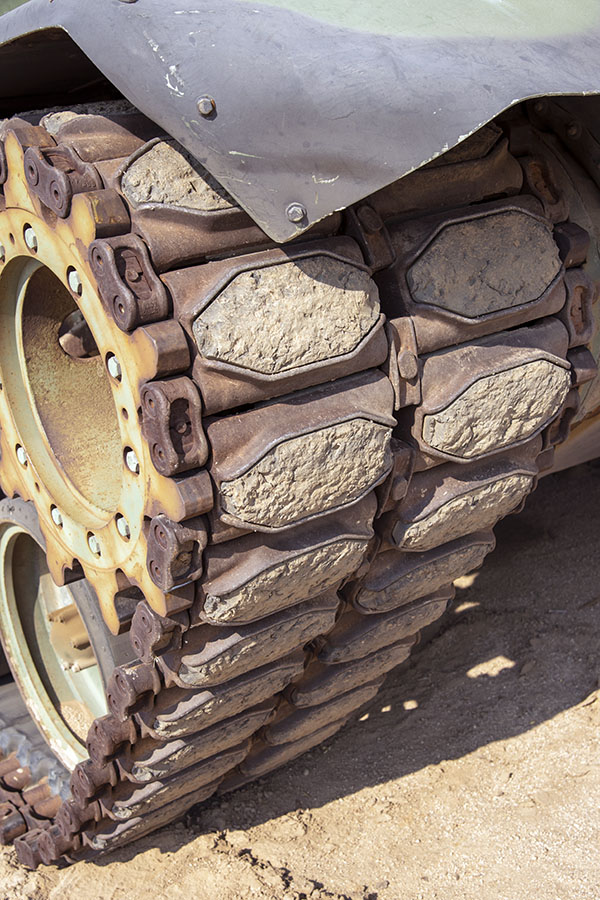
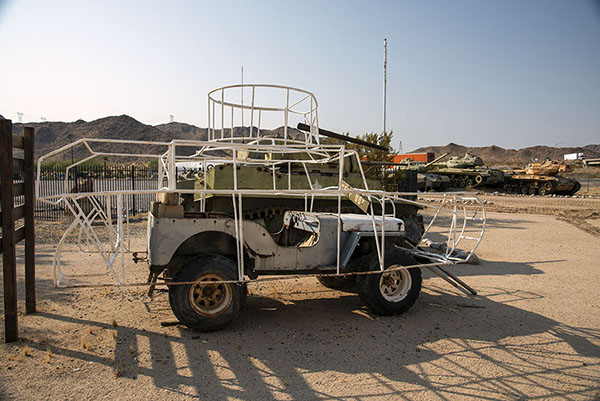
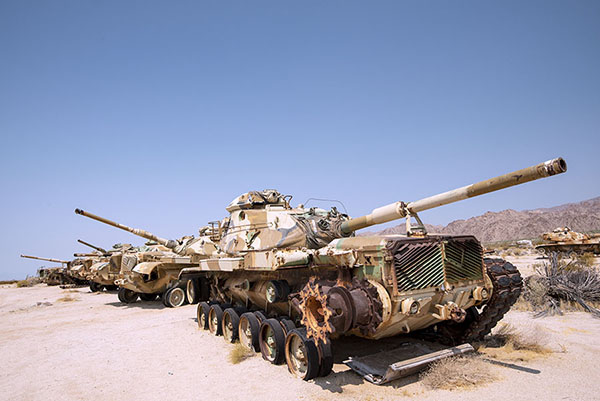
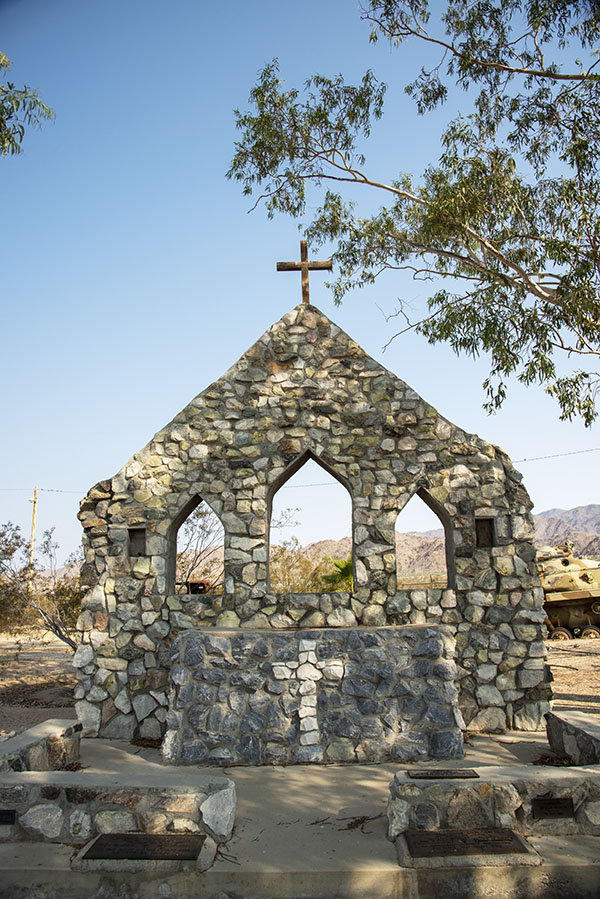
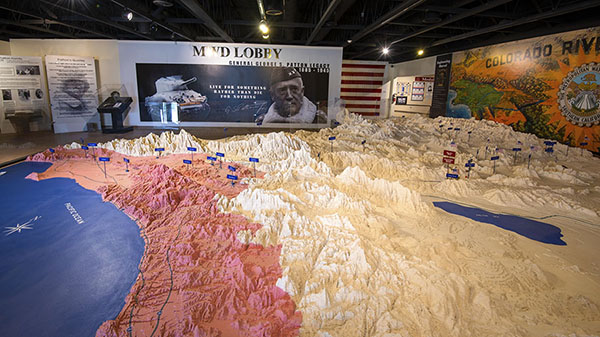
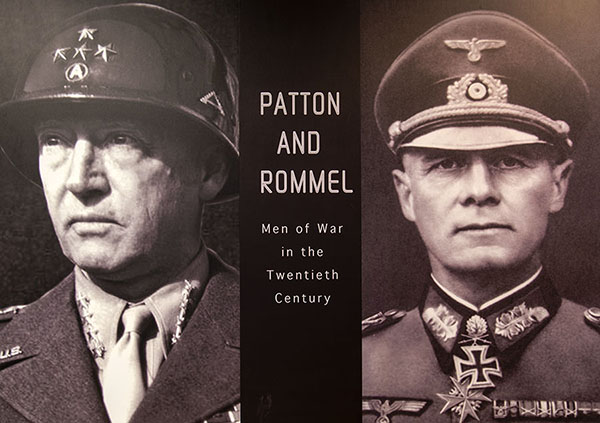
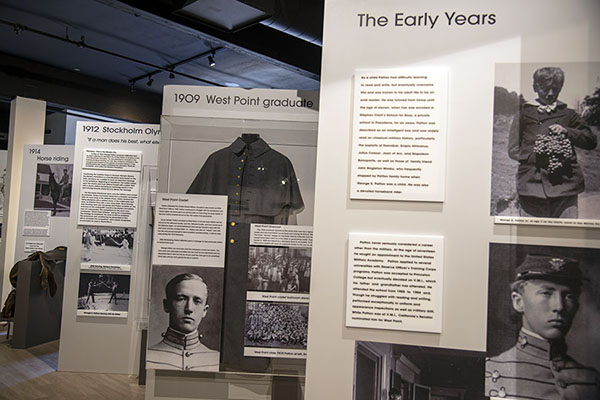
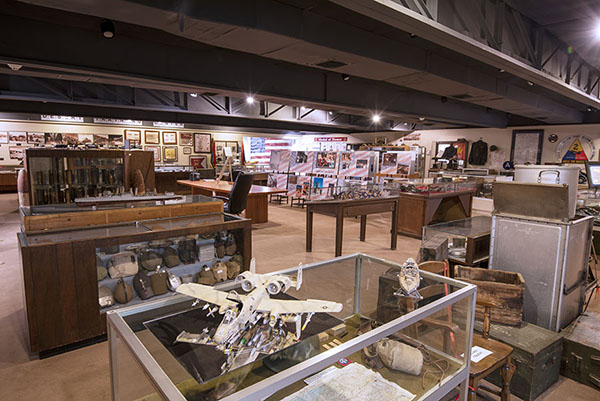
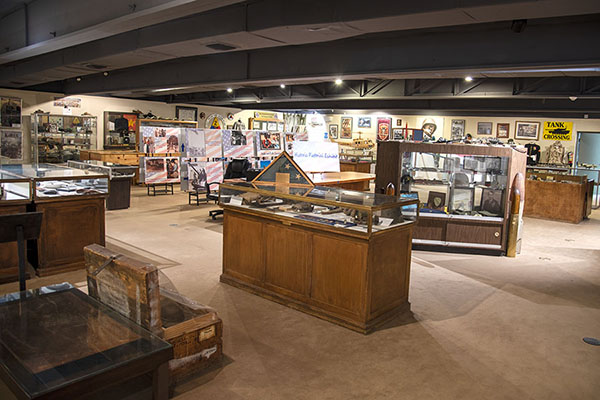
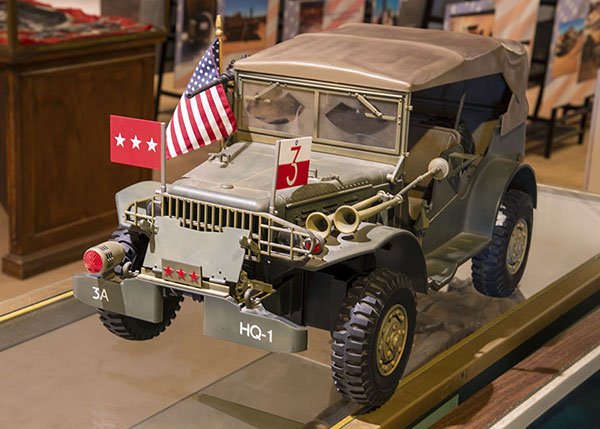
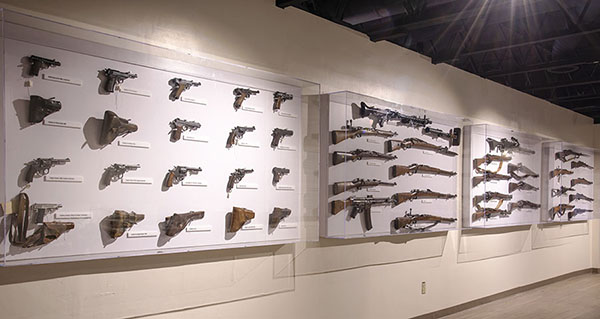


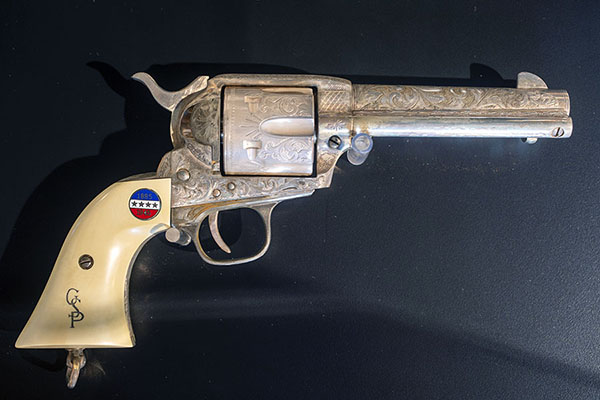
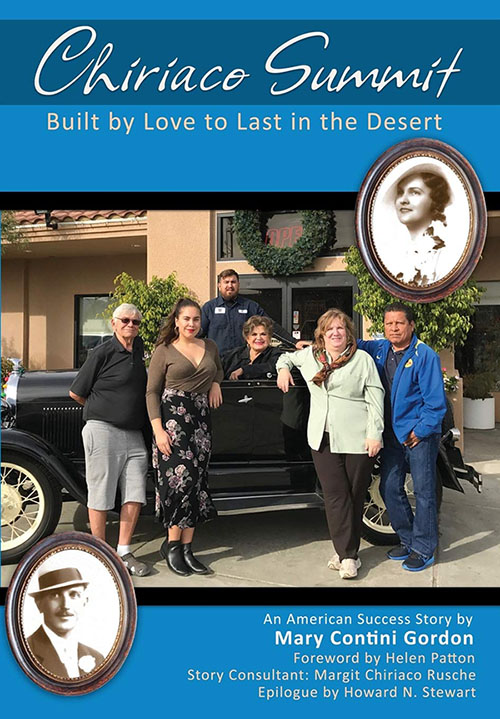
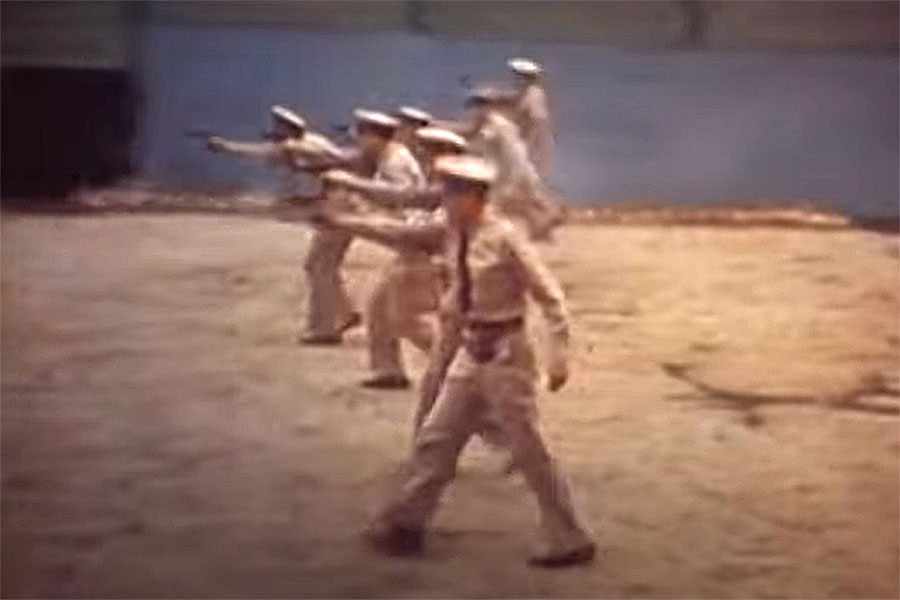


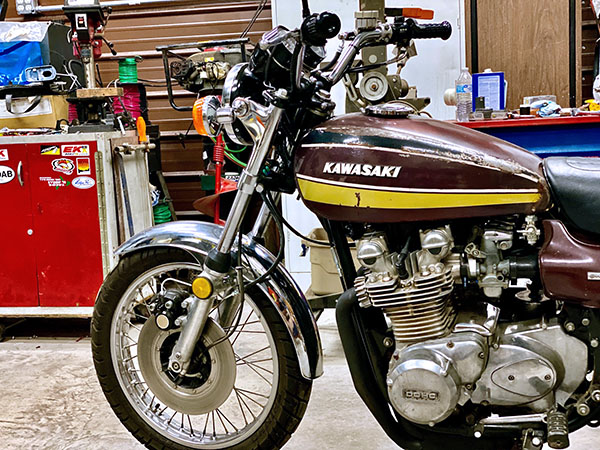

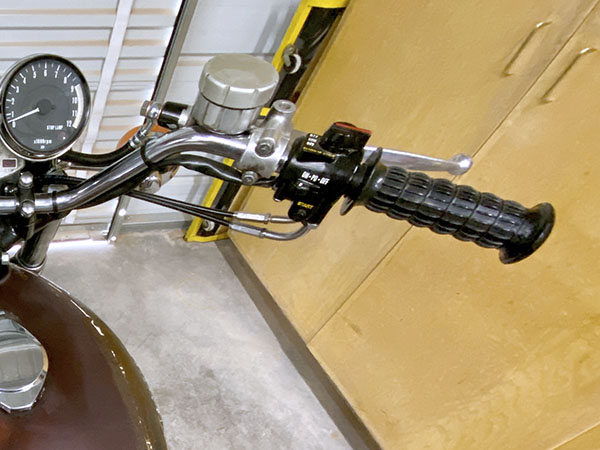
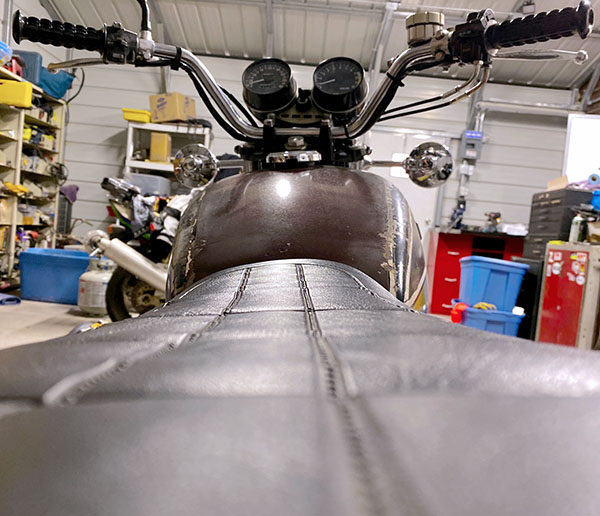
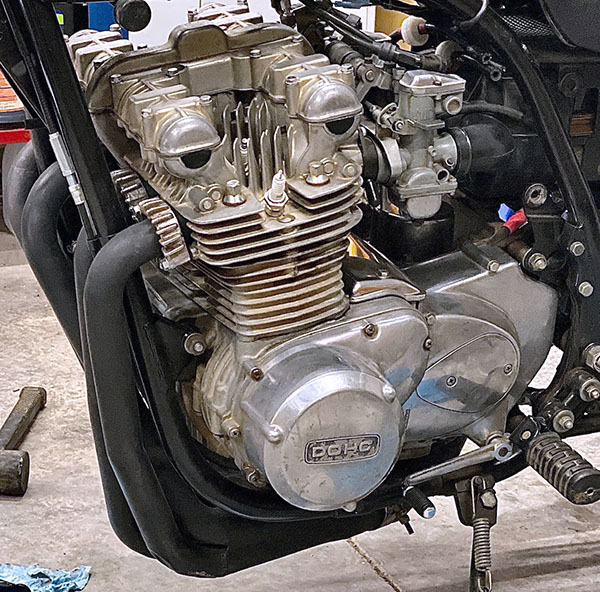



 The first one I’ll mention is the green-faced, military-styled Seiko I wore on the Western America Adventure Ride. It’s a quartz watch and it’s not a model that was imported by Seiko’s US distributor (which doesn’t mean much these days; I ordered it new from a Hong Kong-based Ebay store and it was here in two days). But I like the fact that I’ve never seen anybody else wearing this model.
The first one I’ll mention is the green-faced, military-styled Seiko I wore on the Western America Adventure Ride. It’s a quartz watch and it’s not a model that was imported by Seiko’s US distributor (which doesn’t mean much these days; I ordered it new from a Hong Kong-based Ebay store and it was here in two days). But I like the fact that I’ve never seen anybody else wearing this model.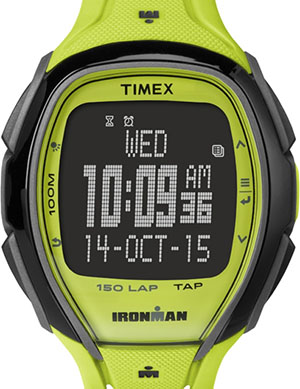 Next up is the safety-fluorescent-green Timex
Next up is the safety-fluorescent-green Timex 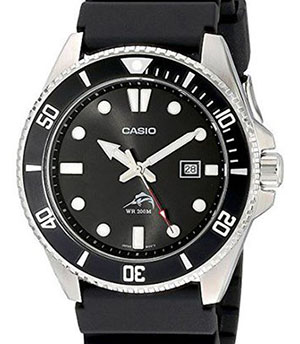 The last one is a
The last one is a 
